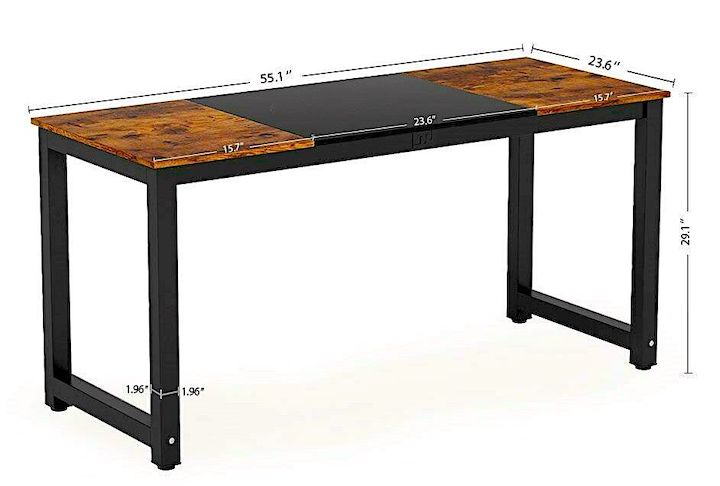Right now, you're probably sitting down to read this and staying seated for a few minutes to read it is probably okay. But the longer you stay put, the more agitated your body becomes. It sits there counting down the moments until you stand up again and take it for a walk. That may sound ridiculous.So, is it bad to sit all day?
Our bodies love to sit, right? Not really.
Page Contents
Sure, sitting for brief periods can help us recover from stress or recuperate from exercise. But nowadays, our lifestyles make us sit much more than we move around, and our bodies simply aren't built for such a sedentary existence. In fact, just the opposite is true.
The human body is built to move, and you can see evidence of that in the way it's structured.
Inside us are over 360 joints, and about 700 skeletal muscles that enable easy, fluid motion. The body's unique physical structure gives us the ability to stand up straight against the pull of gravity.
Our blood depends on us moving around to be able to circulate properly. Our nerve cells benefit from movement, and our skin is elastic, meaning it molds to our motions. So if every inch of the body is ready and waiting for you to move, what happens when you just don't?
Let’s start with the backbone of the problem, literally.
Your spine is a long structure made of bones and the cartilage discs that sit between them. Joints, muscles and ligaments that are attached to the bones hold it all together. A common way of sitting is with a curved back and slumped shoulders, a position that puts uneven pressure on your spine.
Over time, this causes wear and tear in your spinal discs, overworks certain ligaments and joints, and puts strain on muscles that stretch to accommodate your back's curved position.
This hunched shape also shrinks your chest cavity while you sit, meaning your lungs have less space to expand into when you breath. That's a problem because it temporarily limits the amount of oxygen that fills your lungs and filters into your blood.
Around the skeleton are the muscles, nerves, arteries and veins that form the body's soft tissue layers. The very act of sitting squashes, pressurizes and compresses, and these more delicate tissues really feel the brunt.
Have you ever experienced numbness and swelling in your limbs when you sit?
In areas that are the most compressed, your nerves, arteries and veins can become blocked, which limits nerve signaling, causing the numbness, and reduces blood flow in your limbs, causing them to swell.
Sitting for long periods also temporarily deactivates lipoprotein lipase, a special enzyme in the walls of blood capillaries that breaks down fats in the blood, so when you sit, you're not burning fat nearly as well as when you move around.
What effect does all of this stasis have on the brain?
Most of the time, you probably sit down to use your brain, but ironically, lengthy periods of sitting actually run counter to this goal. Being stationary reduces blood flow and the amount of oxygen entering your blood stream through your lungs. Your brain requires both of those things to remain alert, so your concentration levels will most likely dip as your brain activity slows.
Unfortunately, the ill effects of being seated don't only exist in the short term. Recent studies have found that sitting for long periods is linked with some types of cancers and heart disease and can contribute to diabetes, kidney and liver problems. In fact, researchers have worked out that, worldwide, inactivity causes about 9% of premature deaths a year. That's over 5 million people.
So, is sitting bad for your health?
The answer is - Yes if you sit a lot!!
So, what can we do?
Use height-adjustable desk so you can stand and continue working.
Exercise more during the workday: walking, running, stretching, yoga, etc..
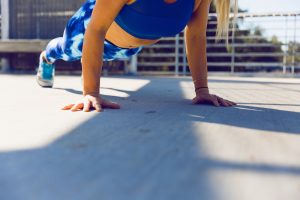

If you don't have much time you can use treadmill.Some users even use it while working on the computer, but it requires a special height-adjustable table.
Do breaks often. Try to use a pomodoro technique (What is meant by pomodoro technique). It will remind you to do breaks. I use the following rule and schedule it in the morning. I do 4 exercise block 10 minutes each: They're rather short, but very effective if you do it daily. It boosts energy to continue working.
Be healthy
